A very common phenomenon is that many smartphone manufacturers have started producing smartwatches. Brands like OPPO, Huawei, Samsung, Xiaomi, Apple, Nubia, and others have all launched smartwatches, making it seem like creating a smartwatch alongside smartphones has become a major trend in the mobile industry.
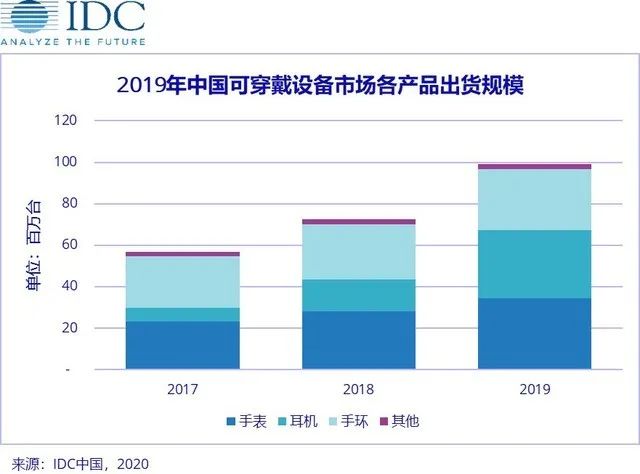
It’s not surprising, as the shipment volume of smart wearable devices has shown continuous growth in recent years. Smartphone manufacturers have a natural advantage in developing smartwatches, not only due to the technological similarities but also because of the compatibility between smartwatch devices and smartphones.
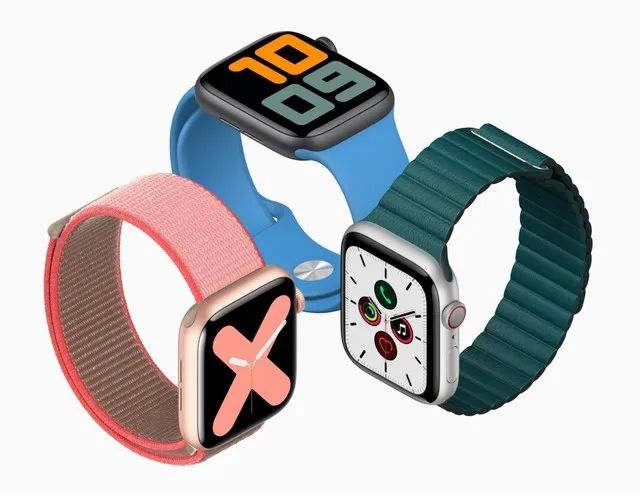
However, it must be said that unlike traditional watches, which serve only as timekeeping tools and decorations, smartwatches often come with intriguing functional support, making them appear very appealing. The problem is that many people spend a lot of money on smartwatches, only to toss them aside after the novelty wears off.
Why does this happen? The reasons can be summarized as follows:
■ The appealing features turn out to be useless
When buying a smartwatch, many people are attracted by its features, but after purchasing, they find that these features are not useful. For example, most smartwatches support activity tracking, but after getting the watch, they realize they don’t actually exercise.
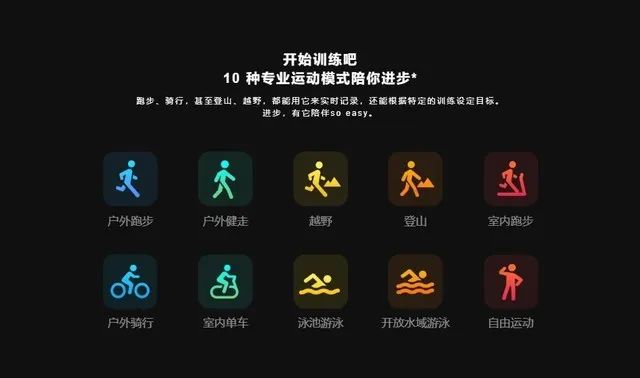
Moreover, some feature-rich smartwatches often support many additional applications, such as news viewing. While these features may seem fresh at first glance, they lack practical value; the tiny screen makes reading particularly difficult, and navigating through them is not much more convenient than simply pulling out a phone.
In summary, this can be divided into two points: first, the practical features are not utilized, and second, the gimmicky features lose their appeal after a few uses.
■ More features lead to worse battery life, frequent charging is a major deterrent
Smartwatches were once considered the future of mobile communication devices, but the current state of technology has negated this perception, with the main issue being battery life. Generally, the development approach for smartwatches is to transfer features from smartphones, but the high power consumption of complex functions makes it difficult for the watch’s low-capacity battery to cope, often requiring daily charging for feature-rich smartwatches, which is quite troublesome.
■ The basic function of time display is compromised due to power consumption
To ensure display quality, most high-end smartwatches currently use OLED screens, which consume a lot of power for all-day display. Therefore, to extend battery life, these watches must use a raise-to-wake feature to show the time. However, the problem is that we don’t always want to raise our wrist to check the time; when cycling or working at a desk, we just want to glance at the watch, but it doesn’t display.
So, given all these drawbacks, is it not worth buying a smartwatch? The answer is definitely no. Whether a purchased smartwatch will end up gathering dust depends on the purpose of buying it. For instance, if you buy a smartwatch because you find it aesthetically pleasing and want it for its decorative attributes, then choosing one that matches your taste is definitely fine.
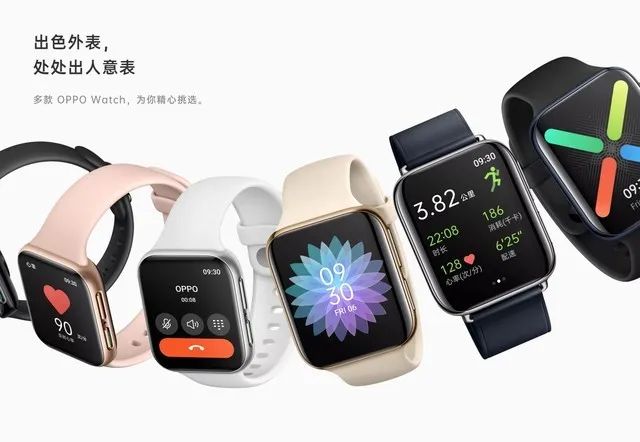
To buy a smartwatch that won’t gather dust, the key is to clearly understand your actual needs and then purchase a product that suits those needs. Due to current technological limitations, smartwatch manufacturers have to make trade-offs between functionality and battery life while ensuring basic features.
1. Functionality Preference
If you want a smartwatch with more features similar to a smartphone: support for eSIM cards for independent calling and SMS replying; the ability to replace some phone functions with apps, such as QQ and other social software, music playback, etc.; support for voice assistants for voice interaction and IoT control, etc.
Such smartwatches have a significant multifunctionality bias, catering to many scenarios where you might want to be away from your phone. However, achieving these features often means the watch consumes power quickly and requires frequent charging.
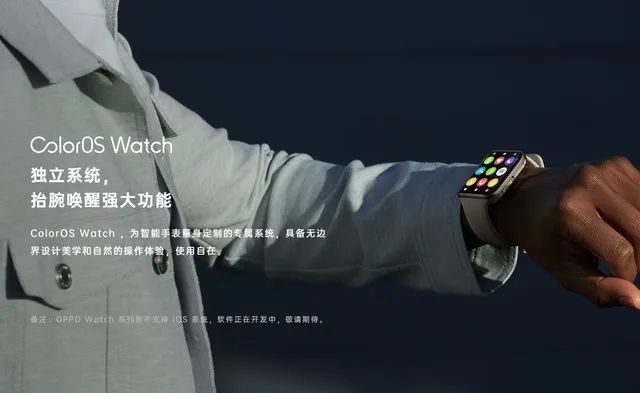
For example, the OPPO Watch is a typical multifunctional smartwatch, supporting eSIM independent communication, equipped with the ColorOS Watch smart system, and has a rich software ecosystem; it supports Breeno voice for convenient voice interaction.
Notably, the OPPO Watch offers users more autonomous choices: it adopts a dual-engine power architecture, achieving 40 hours of battery life in smart mode and up to 21 days in long battery mode.
2. Battery Life Preference
This preference indicates a lower requirement for the watch’s independent functionality in exchange for longer battery life. Rather than being a battery life preference, it is more about a basic functionality preference, where the watch does not need to replace phone functions but can fulfill its role as a smartwatch, such as heart rate monitoring, sleep tracking, exercise modes, QR code payments, NFC card swiping, etc.
Some may argue that such smartwatches are just large fitness bands. This is not entirely unfounded, as higher-end fitness bands can also achieve these functions. However, it is evident that smartwatches have better decorative attributes, larger structural space to accommodate more professional sensors and larger batteries, and support for more basic functions.
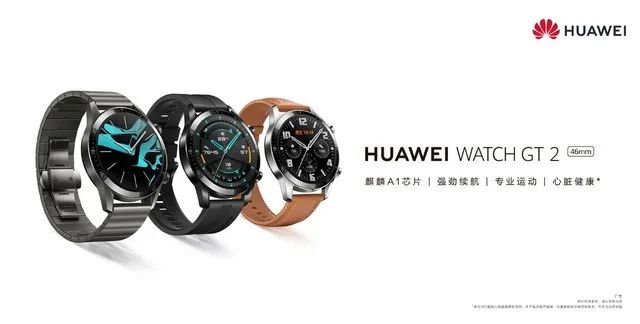
The Huawei WATCH GT 2 is a typical product of this type: it supports 24-hour heart rate monitoring and blood oxygen saturation monitoring, stress management, sleep tracking; it has 15 sports modes to meet various exercise needs; it supports Bluetooth calling and local music playback, etc. Thanks to the Kirin A1 chip and smart power-saving algorithm 2.0, the watch can achieve an ultra-long battery life of 2 weeks.
3. Practical Basic Function Preference
If you care more about the watch’s all-day time display, consider some special display solutions applied to smartwatches, such as adding a layer of black-and-white LCD screen on the OLED screen or using other low-power material screens to solve the power consumption problem of long-time display.
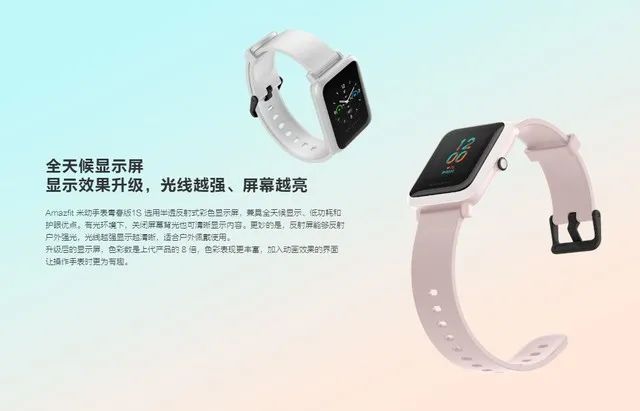
The recently released Amazfit Bip S Lite is such a smartwatch; it uses a semi-transparent reflective color display that combines all-day display and low power consumption features. This screen’s color may not match high-end OLED screens, but it can be clearly seen in ambient light, and the stronger the light, the clearer the display. In basic battery mode, it can achieve an ultra-long battery life of 80 days, which is very reassuring for users.